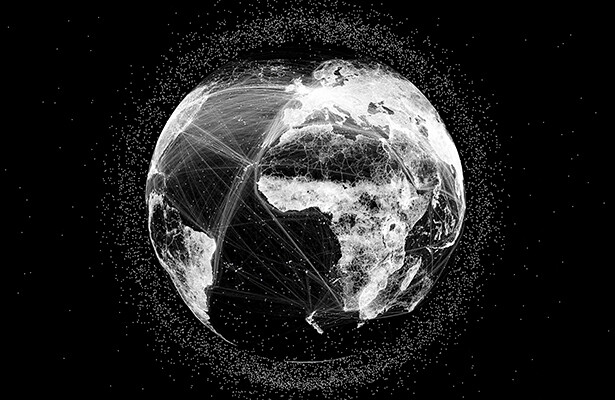17 March– 29 March 2015
Andrew Lee King Fun Gallery
Melbourne School of Design, Ground Floor
Faculty of Architecture, Building and Planning
The University of Melbourne
Masson Road
Parkville
Australia
Work in progress by the Urban Theory Lab (Graduate School of Design, Harvard University)
Neil Brenner, Director
Curatorial Team: Grga Basic, Chris Bennett, Mariano Gomez Luque, Daniel Ibañez
In what sense do we today live in an “urban age?” This idea is frequently invoked by scholars, policy-makers, planners, designers and architects, usually with reference to the proposition that more than 50% of the world’s population now lives within cities. But, can the nature of our urban world be understood and mapped exclusively with reference to the growth of cities and their populations?
In this exhibition, the Urban Theory Lab turns this proposition upside-down and inside-out by speculating on a radically alternative mapping of contemporary planetary urbanization. Rather than focusing our attention on large population centers, we investigate urbanization from the point of view of its putative “outsides,” the zones that are commonly represented as rural, remote, wild and/or untouched by human impact. What happens to our cognitive map of the global urban condition if we focus not on the global cities or megacities of the world, but on the wide-ranging sociospatial and environmental transformations that are currently unfolding in supposedly “remote” or “wilderness” regions such as the Amazon, the Arctic, the Gobi desert steppe, the Himalayas, the Pacific ocean, the Sahara desert and Siberia, and even the earth’s atmosphere? To what degree are such zones now being integrated within a worldwide fabric of urbanization? How are they being restructured and enclosed to support the energy, water, material, food and logistics needs of major cities?
Through speculative cartographies of these emergent “operational landscapes,” we aim to illuminate the radical transformations of land-use, infrastructure and ecology far beyond the city limits that have made the contemporary formation of planetary urbanization possible.
With support from: Office of the Dean, Melbourne School of Design; Office of the Dean,Graduate School of Design, Harvard University; Weatherhead Center for International Affairs, Harvard University; Milton Fund, Harvard University Medical School.
Urban Theory Lab
Based at the Graduate School of Design, Harvard University, the Urban Theory Lab is a team of researchers and designers concerned to rethink the basic categories and cartographies through which urban questions are understood, represented and influenced. Our work starts from the proposition that inherited frameworks of urban knowledge must be radically reinvented to illuminate emergent forms of 21st century urbanization. In pursuing this project, we combine conceptual and representational experimentation, theory-driven research and research-based pedagogy, as well as various forms of outreach and events programming within the Harvard-GSD community and beyond. Our publications include Implosions/Explosions: Towards a Study of Planetary Urbanization (Berlin: Jovis, 2014).
Director: Neil Brenner, Professor of Urban Theory, Graduate School of Design, Harvard University Research Manager: Daniel Ibañez
Doctoral research team: Tamer Elshayal, Ali Fard, Kian Goh, Mariano Gomez Luque, Ghazal Jafari, Nikos Katsikis, Marianne Potvin, Adam Tanaka
Melbourne School of Design (MSD)
The Melbourne School of Design (MSD) is the graduate school of the Faculty of Architecture, Building and Planning at The University of Melbourne, Australia. MSD is home to a vibrant community of staff and students whose interest and expertise focuses on the built environment.
The University of Melbourne established one of the first Bachelor degrees in Architecture in 1927 and now MSD educates the full range of built environment professionals. MSD has a lively culture of exploration manifested in many forms, from classroom and studio to research enquiry, complemented by lectures, forums and exhibitions.


